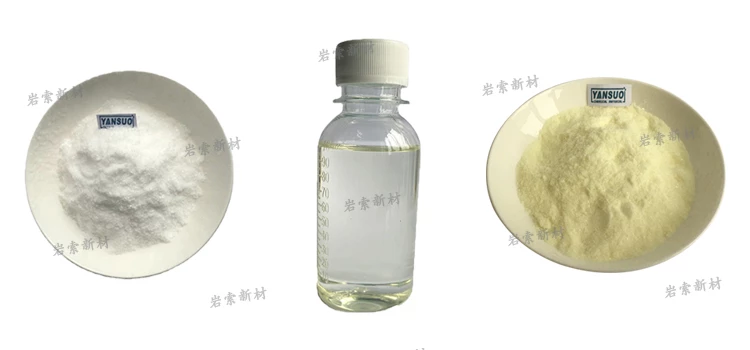Photoinitiators: The Magicians that "Ignite" Chemical Reactions with Light
Recently, I will write a series of articles on the topic of photoinitiators. The content will cover aspects such as the classification system of photoinitiators, the considerations for their selection, and the analysis of the characteristics of different structural types. The aim is to provide readers with a comprehensive and systematic overview of the knowledge of photoinitiators.
一. What are Photoinitiators?
A photoinitiator is a compound that can absorb light energy of a specific wavelength and generate active substances (such as free radicals or cations). These active substances are like the "sparks" in chemical reactions, which can initiate reactions such as monomer polymerization and cross-linking, thus converting liquid substances into solids or endowing materials with new properties.

二. The Working Principle of Photoinitiators
The working principle of photoinitiators can be briefly summarized in the following steps:
1. Absorption of Light Energy:
The photoinitiator molecules absorb light energy of a specific wavelength and transition from the ground state to the excited state.
2. Energy Transfer:
The photoinitiator molecules in the excited state transfer energy to monomers or other molecules, activating them.
3. Initiation of the Reaction:
The activated monomer molecules undergo a polymerization reaction to form a high-molecular polymer.
三. The Classification of Photoinitiators
According to the different active substances generated, photoinitiators are mainly divided into two categories:
1. Free Radical Photoinitiators :
They generate free radicals after absorbing light energy and initiate free radical polymerization reactions. Common types include:
★ Cleavage Type: Such as benzyl ether compounds, acetophenone compounds, etc. After absorbing light energy, they undergo intramolecular cleavage to generate free radicals.
★ Hydrogen Abstraction Type: Such as benzophenone compounds, thioxanthone compounds, etc. After absorbing light energy, they abstract hydrogen atoms from co-initiator molecules to generate free radicals.
2. Cationic Photoinitiators:
They generate cations after absorbing light energy and initiate cationic polymerization reactions. Common types include aryl diazonium salts, diaryliodonium salts, triarylsulfonium salts, etc.
四. The Selection of Photoinitiators
1. The absorption spectrum of the photoinitiator should match the emission spectrum of the light source.
2. The photoinitiation efficiency should be high, that is, it has a high quantum yield of generating active intermediates (free radicals or cations), and the generated active intermediates have high reactivity.
3. For colored systems, due to the addition of pigments, there are different absorptions in the ultraviolet region. Therefore, it is necessary to select photoinitiators that are minimally affected by the ultraviolet absorption of pigments.
4. It should have good solubility in reactive diluents and oligomers.
5. It should have a low odor and low toxicity, especially the photolysis products of the photoinitiator should have a low odor and low toxicity.
6. It should not be volatile or migratory easily.
7. There should be no yellowing phenomenon after photocuring, which is particularly important for white, light-colored, and colorless systems. It should also not cause the degradation of the polymer during aging.
8. It should have good thermal stability and storage stability.
9. Consider the price.
In the following articles, I will delve into the selection strategies of photoinitiators, focusing on analyzing the key performance indicators of various photoinitiators, including their molar extinction coefficients within different spectral ranges, compatibility with reactive diluents, thermal stability parameters, and long-term storage stability and other core characteristics.
If you are interested in photoinitiators, please follow us for more detailed information!





